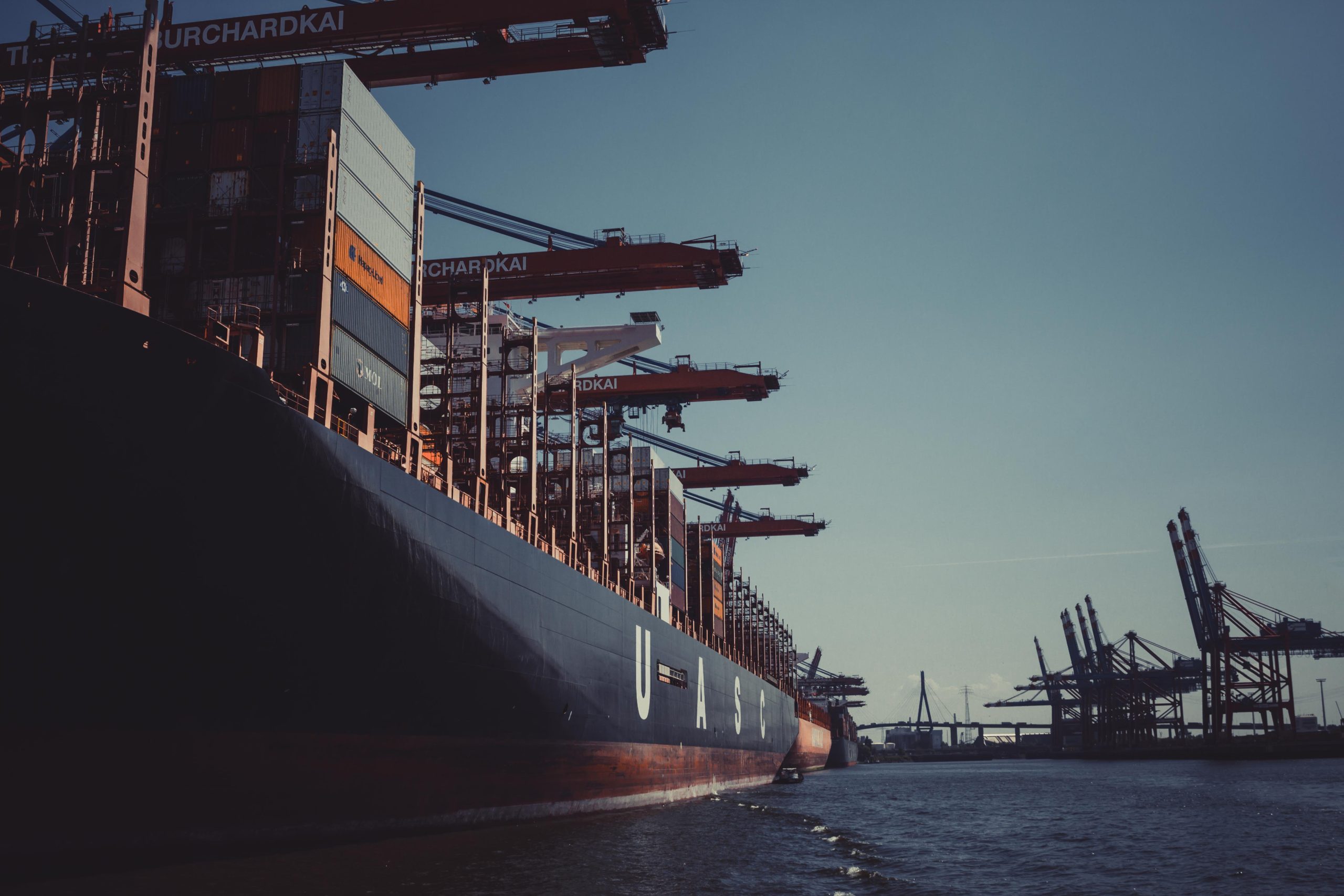Despite the negative impacts of the pandemic on the shipping industry, the dry bulk market enjoyed a promising start to 2021. However, the expected quietening down in February might last longer than desired.

The dry bulk market enjoyed an unseasonably robust start to 2021. According to Bimco’s chief analyst Peter Sand, the main reason for average earnings in January is much higher compared to the previous years was that the usual seasonal slump in cargoes was delayed. Moreover, there was already a moderate dry bulk fleet growth in 2021 which was combined with higher-than-usual demand for iron ore. As a result, we’ve seen an increase in exports, and therefore in prices, which rose to around $170 per ton in mid-January, their highest level since 2011.
Earnings for Panamax through to Handysize ships continued to increase in February. Panamax earnings on 17 February reached $22,659 per day, their best since September 2010, and more than double what they need to break even. Handy size earnings also reached their highest levels in more than a decade.
However, the increase in these two bulk carrier categories was exceptional. The average earnings fell steeply, from around $25,500 per day to just $12,057 per day on 8 February. Even though there was a rise to $15,856 per day the following week, this was still not enough to break even.
The main reason for the general quietening down in February was the Chinese New Year, of course. The lowered economic activity in China, because of the public holiday, caused cargoes and ton-mile demand to decrease.
What do expect in 2021?
According to Mr. Sand, the Chinese New Year isn’t the only factor, though. He thinks the Chinese government’s goal to move towards a more consumer-driven economy may have longer-lasting effects on the market because of its potential to become a threat for the strong imports of dry bulk goods, which was supported by infrastructure and industry supporting stimulus measures:
“Stimulus packages in the rest of the world have focused more on securing the demand side of the economy – policies that benefit container shipping more than dry bulk. With the crisis still continuing and governments still focused on supporting individual consumers, infrastructure-heavy stimulus projects in many countries still appear a long way off, with no guarantee that they will materialize, and therefore cannot be counted on to provide the fuel for a dry bulk recovery.”

Moreover, Bimco expects that the growth in the dry bulk fleet will just be around 2%, the lowest for many years. Even last year, this number was 3.8% The reason for this year’s low expectation is the fewer new deliveries. Bimco expects around 27m DWT to hit waters in 2021, which is almost half of the 48.9m DWT delivered last year.
Another factor that should affect the market is the trade war between Australia and China. It’s true that the trade war between the US and China might soon be over, especially thanks to Donald Trump leaving the office, however, Australia filled the role of the ‘enemy’ for China. Even though Australian iron ore exports remain unchallenged at this moment, coal trade between the two countries has seen severe disruption and this new spat between them is now affecting dry bulk shipping.
Bimco expects that, with a slow recovery in global economic activity, the demands will increase at different paces, which leaves dry bulk shipping facing another tough year, despite the strong start in the opening months. Overcapacity could once again hamper shipowners’ and operators’ ability to make a profit, especially as currently low bunker prices, which supported profits in 2020, are rising again.







